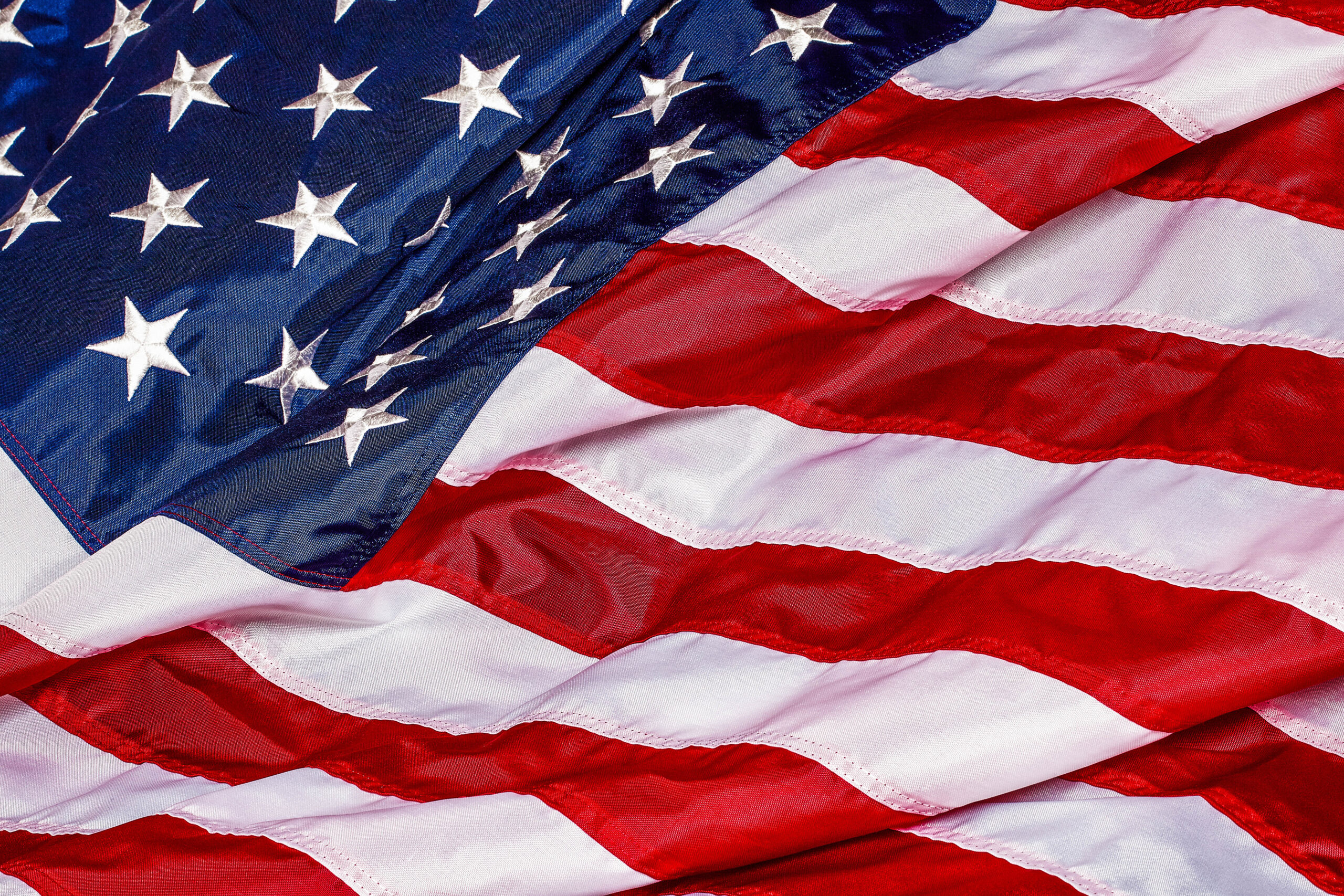In Philadelphia on July 4, 1776, the delegates to the Second Continental Congress ratified a declaration of the delegates called the Declaration of Independence.
The purpose of this declaration was to set forth the grievances the colonies had against the king and crown in their governance of the colonies. Among other things, the delegates notified the king that they wanted to dissolve the political bonds that connected the colonies to England and to become a free and independent nation. This missive was sent to the king. Naturally, he wasn’t going to yield to its demands.
The crown already had several garrisons of troops stationed in the colonies. The king’s reaction to the declaration was to send more troops to enforce his authority.
The American colonist was a stoic individual: part frontiersman, part farmer and part tradesman. He grew up taming a wilderness and making it into his home. A bunch of British in white wigs and fancy pants were not going to hijack his home. The colonies were a rich plum for the king and his Loyalists. They did not want to see this income producing land slip through their fingers.
The dynamics of the situation kept moving the sides towards armed confrontation. That day finally came on April 19,1775.
The British troops and members of the Massachusetts militia converged upon each other at a bridge crossing a small creek in Concord, Massachusetts. It is not known who fired the first shot. It was fired and the war for American independence began. In the beginning, the Colonial Army had no leadership, no money and no cannons.
George Washington was a surveyor and planter from Virginia. He was an officer in the Virginia militia and had served under the British in the French and Indian War. At that time the Commonwealth of Virginia extended to the frontier, the Ohio Valley. The Continental Congress hired him as the commander of the Colonial forces. Almost immediately, Commander Washington began turning his rag tag Army into soldiers.
Commander Washington knew and under stood the British tactics and discipline of battle. He also knew the tactics of the Indian nations. He was able to combine the best features of each into an American combat form: guerilla warfare.
Being people from the land, the Colonial soldier was easily able to adapt to Washington’s style. Attacking from behind rock walls, trees and buildings, the Colonials took out the officers leading the British battle march and caused disarray among their troops. With their discipline compromised, the Colonials could rout the British battle formations.
Myth has George Washington sleeping in many places during his tenure of command. The myths may be more fact than fiction, since the British had a price on his head, and labeled him a traitor. Washington had to avoid capture at all costs. He had to frequently change his location to prevent the opportunity for the British to capture him.
The methods of battle introduced by Washington unnerved the British command so much so that eventually Lord Cornwallis moved the British operations south to the Yorktown Peninsula. This move would eventually prove fatal for the British. The crown had not endeared themselves to the other European Heads during this time. As a result, some of the crowns of Europe had given token support to Washington and his Colonials. The French in particular gave naval support off the Yorktown peninsula. The Colonial land operations gradually pushed the British towards the sea. At some point, Lord Cornwallis realized the futility of the British cause and loaded his troops aboard ships bound for England.
The land battles in the Colonies was over. Of course the British would come back for a second bite at the apple in 1812. A stronger and more organized United States of America would turn them back again.
The diplomatic war for independence would take place in Paris, France. Benjamin Franklin, John Adams and John Jay would help authoring the 1783 Treaty of Paris. That treaty, which was ratified by the British Parliament, recognized the United States of American as a free and independent nation. There were many clauses in the Treaty dealing with many issues separating the U.S from England. But, the long and short of it is, the United States of America is a free and independent nation.
The ratification of that treaty was one of the smartest things the British Parliament would ever do. While there was some animosity at first, in later years the two nations would be staunch allies. We got their fat out of the fire a few times.
The days of George Washington and Ben Franklin are long gone. But, they have left us a priceless legacy. We are a free people with the right of self determination. But, we must remember, the loss of our freedom is only a generation away. We must be vigilant and ready to protect what we have.
Richard A. Pender is the senior vice commander of American Legion Post 459 in North Brunswick. He writes the occasional column for Newspaper Media Group. He can be reached at [email protected].

